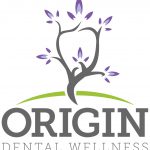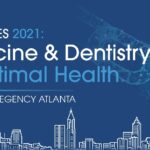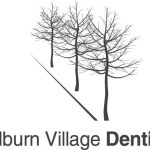
Are you interested in learning more about salivary diagnostics and the benefits to your patient base? Do you need a few more CE hours before the end of the year? You're in luck! Join us on December 10th, 2021 at 9:00 EST for a virtual event hosted by The Dawson Academy and Dr. Angie Hedlund. This course will assess the different types of salivary diagnostic testing available, the purpose of each test, and how to use them to improve your patients' overall wellness. Can't make it to the live eve...
Read More







